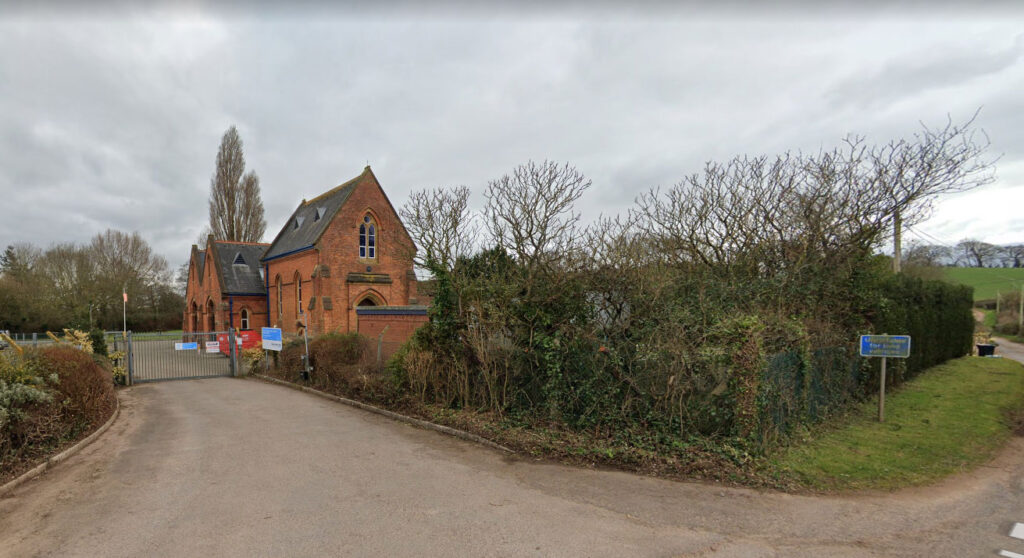Public Health and Water Supply chapter nine – the Bridgwater Waterworks 1939-1963.
WARTIME restrictions would have had an effect on the running of the local water supply, not only the rationing of stores, fuel and equipment, but also the calling up for war service of personnel. Several aerial mines fell on Bridgwater that did some property damage: much glass blown out in 1941 in High Street and Penel Orlieu, for example, but so far as has been discovered there was no damage to the property of the waterworks in the war…
…
The West Somerset Water Board came into being in 1963, taking over the responsibilities of the Bridgwater Urban and Rural concerns. In 1989, on privatisation, the Board in turn became a constituent part of Wessex Water. Plc.

Ashford works was upgraded as a state-of-the-art water treatment plant, and the old engine house formed the basis an education centre, where children and others might learn about the ecology, chemistry, geology and the history of the local water supply. The research to inform the design of the historical displays was undertaken by the writer in 1992-1994, and the results of the investigation written up in the narrative form published here. The investigation of the geology and ecology was undertaken by Mr Derek Briggs of North Petherton, artwork for the displays was undertaken by the late Mr Colin O’Hare of Huntworth and the design of the building conversion, as well as the exhibition, by the architects, Messrs Ferguson Mann, of Bristol. Mr John Willows was link with Wessex Water plc. The research notes for the investigation are held at Wessex Water’s historical archive at Sutton Potntz, near Weymouth.
